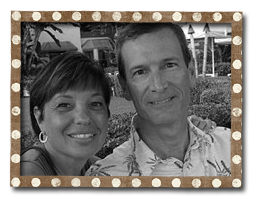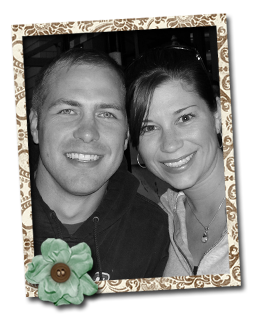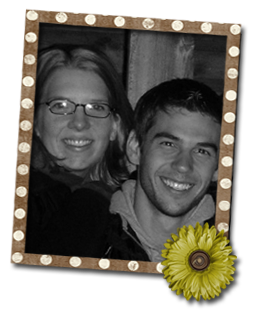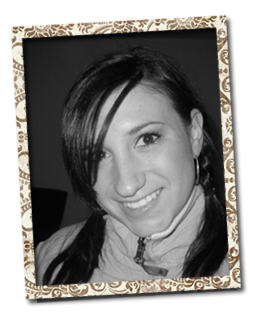Welcome back. After Valley Forge in the winter of 1777-78, fast forward back to Philadelphia in 1790. At the risk of glossing over incredibly important events in our nation's early history, we will fill in a brief time line now. The Continental Army continued to battle the British. The Articles of Confederation were drafted in 1777 and ratified in 1781, for the first time naming this new country "The United States of America". The war for independence continued until the British surrender at Yorktown in 1781. The Constitution was ratified in 1787, replacing the Articles of Confederation, the government was formed, the first president - George Washington - was elected, and New York served as the capitol city from 1785-1790.
It was then that the seat of the government moved back to Philadelphia, again using the Pennsylvania state house and Philadelphia city hall. Washington DC had just been picked as the permanent site but would not be ready for ten more years. So Philadelphia served as the capitol for ten years, during which time the earliest foundations, under-pinning, and traditions were established.


In the left picture, Independence Hall is far left, and the City Hall center. The Supreme Court shared quarters in City Hall. The plaque (r) commemorates this fact.



The main hall was not very big. With an active city hall, it is believed that the early days of the Supreme Court were challenging ones for the court to meet.


In the left picture, Independence Hall is now on the right, and the Congress first met in the two story building on the left. The plaque (r) commemorates this bit of history.


The House of Representatives met on the first floor hall. Most of the furniture was period authentic but not original, the desk and chair used by the first speaker of the house (r) were original.




The Senate occupied the second floor, which had a smaller hall. This is where the Senate got the moniker "the upper chamber". Some of the furniture was original, and the carpet was re-created from the original specs.
It is hard to describe the feelings we had as we walked through these buildings, trying to imagine what it was like there over 200 years ago. President Washington lived in a house very nearby, which no longer stands. The National Park Service is building a replica on the original site.
Walk through Washington, DC today, and it is filled with Federal office buildings - too many, in my opinion, but that is another blog at another time. Having now seen the modest beginnings of our government, it is amazing what profound events were accomplished there.





























































